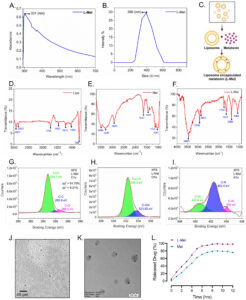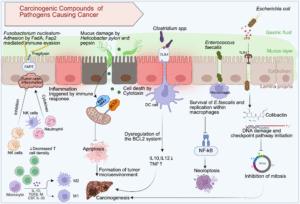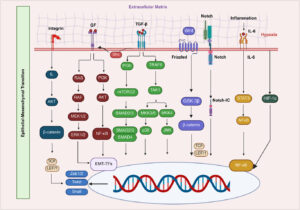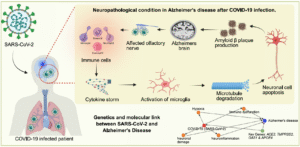First Genetically Engineered Babies Made in China: Lulu and Nana

First Genetically Engineered Babies Made in China: Lulu and Nana (Nature Khabar)
 A Chinese scientist claims to have edited the gene of embryos and implanted in the womb that gave birth to twin girls. Credit: Victor Habbick Visions / Science Photo Library
A Chinese scientist claims to have edited the gene of embryos and implanted in the womb that gave birth to twin girls. Credit: Victor Habbick Visions / Science Photo Library
Scientists are hunting science to become first in the historical record. Thus, genome editing using CRISPR/Cas9 is becoming a highlight in the present research. “CRISPR/Cas9 is a molecular scissor for gene surgery”, which mean it helps to add essential genes and remove the harmful genes to treat the devastating genomic disorder. Genome editing using CRISPR/Cas9 in the human embryo was first reported in 2015 by a team of Junjiu Huang at Sun Yat-Sen University in Guangzhou. They edited gene in human embryos responsible for B-thalassemia (a fatal blood disorder), but results reveal severe obstacles due to lack of 100% accuracy of CRISPR/Cas9 technology. That’s why they stop gene editing in embryos for clinical application, but there are several groups of Chinese researchers still experimenting in human embryos.
Recent breakthrough news about genetically modified twin girl babies by Chinese scientists is becoming headlines worldwide. Jiankui He claimed to create the first genetically modified babies and reported earlier to organizers of Second International Summit on Human Gene Editing in Hong Kong that is set to begin from 27 Nov 2018. Jiankui is leading a team from Southern University of Science and Technology, Shenzhen, China to edit the human embryo to prevent HIV infections. He designed experiment on a couple, where the male is HIV positive, and female is HIV negative so that his trial could help to prevent HIV infection in their babies. Jiankui claimed to have edited the genes in embryos of 7 couple during IVF, one of which gave birth to twin girls (Lulu and Nana) this month. The twin babies were born through standard IVF but using genetically modified embryo before implanted into the womb. Jiankui team performed gene editing experiment in one-day-old human embryos to eliminate a CCR5 gene in expectations of rendering the babies resistant to HIV. The CCR5 gene permits the entry of HIV and infects immune cells of the host, and scientists are trying to block this pathway to protect individuals from HIV. He claims to have edited only CCR5, and twin babies appear to be healthy with normal genetic makeup.
Jiankui He claims in his video
If true, Jiankui human experimentation on editing embryos genes in the lab could mark the first successful case of designer babies. It would be historic, comparing it to the birth of Louise Brown, the first baby created through IVF. But, the technology could be dangerous and unethical, thus banned in the US and Europe. Whether society welcomes such science is fostering curiosity in the global scenario, and we need to watch patiently.
Because the clinical trial data has not yet been published in the peer-reviewed journal nor investigated independently by the ethical committee and other scientists, there is a matter of cautions about his claim. In addition, many scientists debate that modifying genes in human embryo are heritable and could lead to an unpredictable effect on future generation and technology is not 100% accurate for the clinical trial. Although several issues, the technology could be used in treating the severe diseases in some families under strict control by regulatory bodies.
Author: Rupendra Shrestha





